Welcome, fellow germ-fighters and cleanliness enthusiasts, to a conversation that will revolutionize the way you approach disinfectant sprays! We all know the importance of keeping our surroundings germ-free, especially in today’s uncertain times. Whether you’re a meticulous home keeper, a business owner looking to maintain a safe environment for your employees and customers, or simply someone who appreciates the fresh scent of a disinfected space, this blog post is specifically tailored for you.
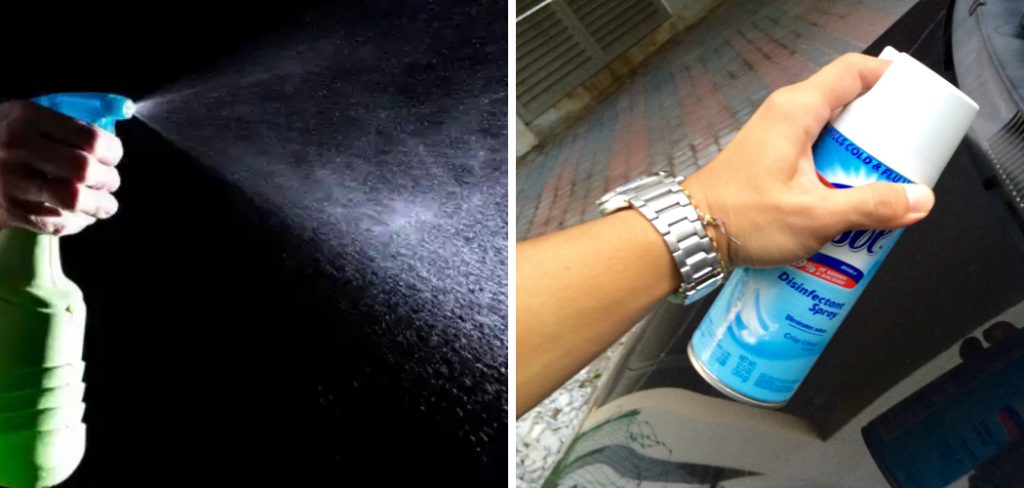
So grab your gloves, ready your cleaning arsenal, and get ready to uncover the secrets behind fixing your disinfectant spray mishaps! In this comprehensive guide, we will delve into common issues encountered with these essential sprays and provide foolproof solutions that will save you time, money, and frustration. It’s time to banish your spray problems once and for all, so let’s dive in with enthusiasm and a spray of determined enthusiasm! Thanks for reading this article on how to fix disinfectant spray.
Needed Materials
Before we begin, it’s important to have the necessary materials on hand for any potential troubleshooting. These may include:
- Disinfectant Spray (of Course!)
- Paper Towels or Clothes
- Rubber Gloves
- Warm Water
- Vinegar or Rubbing Alcohol (for Tougher Stains)
11 Step-by-step Guidelines on How to Fix Disinfectant Spray
Step 1: Check the Nozzle First
The nozzle of your spray bottle may be clogged with residue or debris from previous use. To clean it, unscrew the nozzle and run it under warm water to remove any buildup. You can also use a small brush or pin to gently dislodge any stubborn particles. You’ll be surprised how often this simple step can solve your spray troubles! But if the nozzle is beyond repair, simply replace it with a new one.
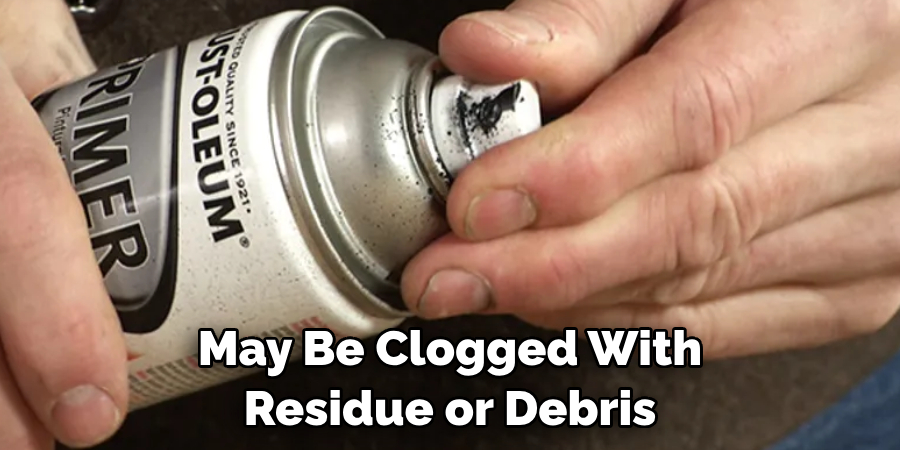
Step 2: Shake It Up
If your disinfectant spray has been sitting on the shelf for a while, the ingredients may have separated. Simply give the bottle a good shake to mix everything together before use. This will ensure an even distribution of ingredients and maximum effectiveness. It’s always a good idea to give your spray a little shake before each use, just to be safe.
Step 3: Check the Expiry Date
Yes, even disinfectant sprays have an expiration date! Over time, the active ingredients can lose their potency and effectiveness. So it’s essential to check the expiry date on your bottle and discard it if it’s past its prime. Using an expired spray will not only be less effective in killing germs, but it may also cause stains or damage surfaces.
Step 4: Dilute the Solution
If you find that your disinfectant spray is too harsh for certain surfaces or causing discoloration, try diluting it with some warm water. This will reduce the concentration of the active ingredients and make it gentler on delicate surfaces. It’s always a good idea to test a small area first before applying the diluted solution to larger areas. You can also add a few drops of mild dish soap to the diluted mix for an extra boost of cleaning power.
Step 5: Clean the Surface First
Sometimes, the issue is not with your disinfectant spray, but rather with the surface you’re trying to clean. If there is dirt or grime on the surface, it may prevent the disinfectant from working properly. So before spraying, give the surface a good wipe-down with warm water and soap to remove any buildup. Then use your spray for maximum effectiveness.
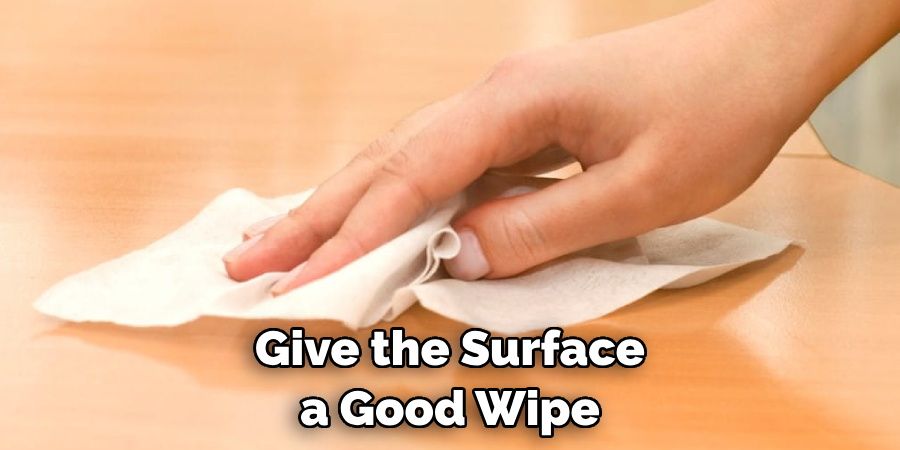
Step 6: Use a Different Disinfectant
Not all disinfectant sprays are created equal! If you find that one brand or type of spray is not working for you, try switching to a different one. Some sprays may be more effective on certain surfaces or against specific types of germs. So experiment with different options until you find the perfect match for your cleaning needs.
Step 7: Use a Different Method
Spray bottles are not the only way to disinfect surfaces! You can also use disinfectant wipes or a mixture of vinegar and water in a spray bottle. These alternatives may work better for certain surfaces or situations, so don’t be afraid to mix it up and find what works best for you. But always make sure to follow the instructions and safety precautions on the product labels.
Step 8: Store Properly
How you store your disinfectant spray can make a huge difference in its effectiveness and longevity. Make sure to keep it in a cool, dry place away from direct sunlight. Avoid storing it near heat sources or in areas with high humidity, as this may affect the potency of the ingredients. Also, make sure the bottle is tightly closed and stored upright to prevent leaks. If you’re using a homemade disinfectant solution, make sure to label and date it for future reference.
Step 9: Clean Your Spray Bottle
Just like with any cleaning tool, it’s important to regularly clean and maintain your spray bottle. This will prevent any buildup of residue or bacteria that may affect the quality of your disinfectant. Simply rinse it with warm water and soap, then let it air dry before refilling. It’s also a good idea to replace your spray bottle every few months if you use it frequently. But always make sure to properly discard the old bottle.
Step 10: Use Protective Gear
Disinfectant sprays contain harsh chemicals that can be harmful to the skin and eyes. So make sure to wear rubber gloves and eye protection when using them to avoid any irritation or burns. If you have sensitive skin, consider wearing long sleeves and pants as well to minimize exposure. But always make sure to read and follow the safety precautions on the product label. You can also try using eco-friendly or natural disinfectant options to reduce any potential harm.
Step 11: Consult a Professional
If all else fails, it’s best to seek advice from a professional cleaning service or the manufacturer of your disinfectant spray. They may have specialized knowledge and solutions for specific issues, or they can recommend a different product that may work better for you. Don’t be afraid to ask for help if you’re unsure or stuck in a cleaning conundrum.
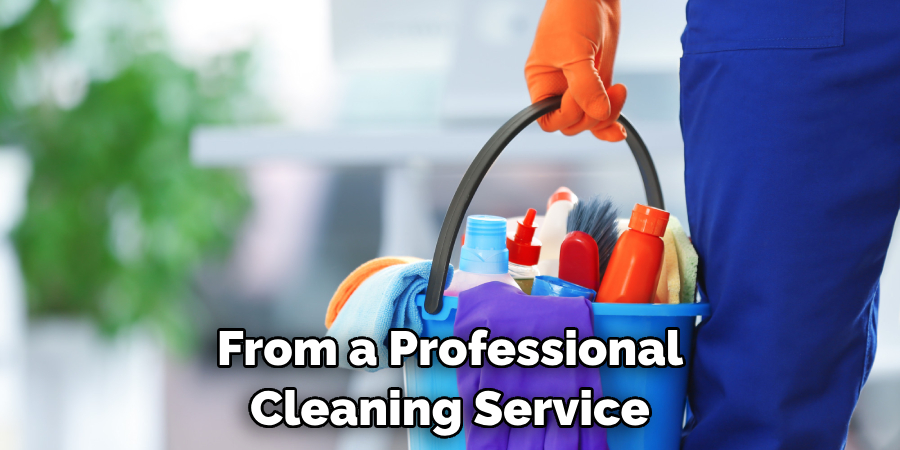
Following these steps on how to fix disinfectant spray should help you troubleshoot and fix any issues with your disinfectant spray. Remember to always read and follow the instructions on the product label, and never mix different cleaning products together as this can be dangerous. With a little bit of know-how and some simple troubleshooting, you can keep your disinfectant spray in top shape for all your cleaning needs! So
Additional Tips
- Always Read and Follow the Instructions on the Product Label for Safe and Effective Use
- Avoid Mixing Different Cleaning Products Together as This Can Be Dangerous
- Consider Making Your Own Disinfectant Solution with Safe and Natural Ingredients
- Always Properly Ventilate the Area When Using Disinfectant Sprays to Minimize Inhalation of Fumes
- Keep Disinfectant Sprays Out of Reach of Children and Pets to Prevent Accidents or Ingestion
- Regularly Disinfect High-Touch Surfaces in Your Home, Especially During Cold and Flu Season
- Don’t Forget to Disinfect Your Cleaning Tools After Use to Avoid Spreading Germs Throughout Your Home.
By following these tips and tricks, you can ensure that your disinfectant spray is working effectively and safely
Frequently Asked Questions
Q: Can I Use Disinfectant Spray on All Surfaces?
A: It’s essential to read the product label and instructions before using a disinfectant spray on any surface. Some sprays may be too harsh for delicate materials or cause discoloration, so it’s best to test a small area first. If you’re unsure, it’s always a good idea to consult the manufacturer or a professional cleaning service.
Q: How Often Should I Use Disinfectant Spray?
A: It’s recommended to disinfect high-touch surfaces in your home regularly, especially during cold and flu season. This includes doorknobs, light switches, countertops, and other frequently used surfaces. However, it’s essential to also balance disinfection with proper cleaning and not overuse the spray, as this can lead to buildup or damage.
Q: Are Homemade Disinfectant Solutions Effective?
A: It depends on the ingredients and their concentrations. Some household items like vinegar and hydrogen peroxide have disinfecting properties, but they may not be as potent as commercial disinfectant sprays. It’s essential to research and follow proper recipes and precautions when making your own disinfectant solution.
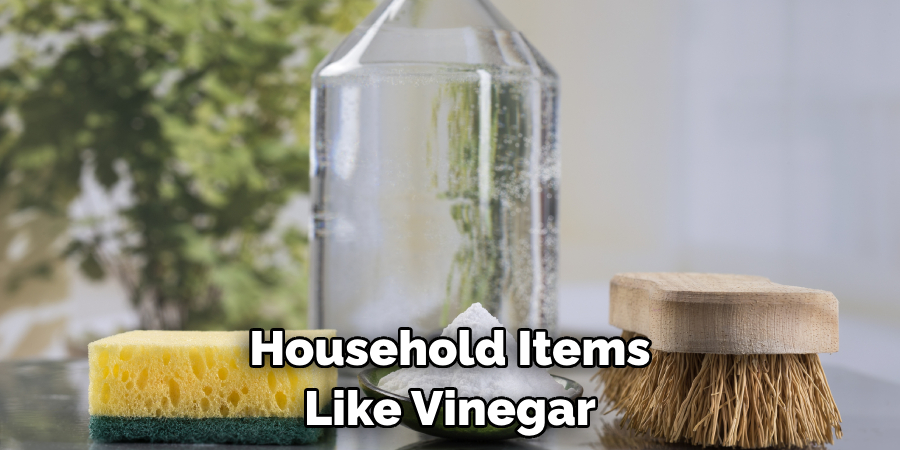
Q: Can I Use Disinfectant Spray on Food Surfaces?
A: No, it’s not recommended to use disinfectant spray on surfaces where food is prepared or served. Instead, use a mild soap and water solution or a food-safe disinfectant spray specifically designed for these surfaces. Always make sure to rinse and dry the surface thoroughly before using it for food again.
Conclusion
In summary, finding the right disinfectant spray is important for killing germs and bacteria – plus, it’s easy to do! Follow these three steps on how to fix disinfectant spray read the labels carefully, make sure you’re using the right product with the right method of application and in the correct dosage, and take protective measures whenever needed.
With a little bit of effort, you can get rid of those nasty germs and keep your space clean! So don’t waste any more time – go ahead and get started on finding the disinfectant spray that is best suited to fit your needs! After all, prevention is always better than cure when it comes to staying healthy.
You Can Check It Out to Fix Sticky Spray Paint on Wood
